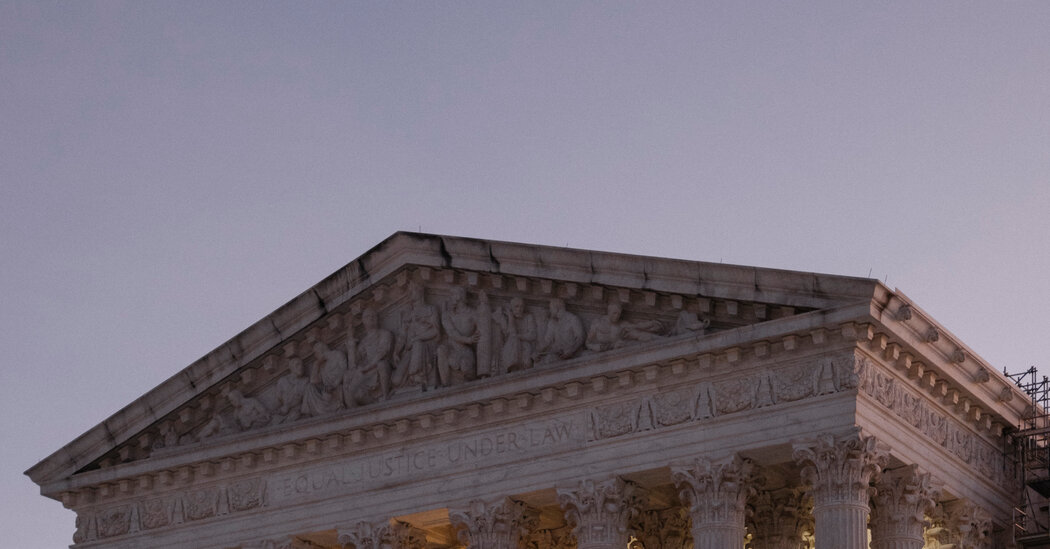After a decisive loss at the Supreme Court, the app is set to be blocked in the U.S. starting Sunday, ending its streak of Houdini-like escapes.
In mid-2023, TikTok had just eluded an effort in Congress to ban the video app, the latest Houdini-like escape for the young tech company. For several years, during both Republican and Democratic administrations, lawmakers and officials had trained their sights on the app, saying its Chinese ownership posed a national security risk.
Inside TikTok, a small group of employees started formulating a plan to ensure that the regulatory threat would never reappear, three people with knowledge of the project said. The employees pitched a campaign of TV commercials, messages to users and other public advocacy to turn Washington’s attention elsewhere. They called it Project Achilles.
But TikTok’s leaders lost interest by the end of the year. Several, including Shou Chew, its chief executive, seemed to think the threat of a ban was no longer imminent, the people said. Project Achilles never became reality.
The misreading of the political winds could not have been greater.
Just a few months later, Congress overwhelmingly passed and President Biden signed a law that would ban TikTok unless the app’s owner, ByteDance, sold it to a non-Chinese company. On Friday, the Supreme Court upheld the law. TikTok is set to be removed from app stores on Sunday, when the law goes into effect.
The ban will end a remarkable eight-year roller-coaster ride for TikTok in the United States. The company wriggled its way out of political danger time and again. The threats to its very existence came so often, from so many directions, dealing with them became almost second nature for executives — perhaps to the point of complacency.
All the while, TikTok reached new heights of popularity and public influence. It boasts 170 million monthly U.S. users, giving the company confidence that those masses could help beat back whatever regulators aimed its way. Behind the scenes, TikTok conducted secretive negotiations with government officials and advertising blitzes aimed at rescuing it.
